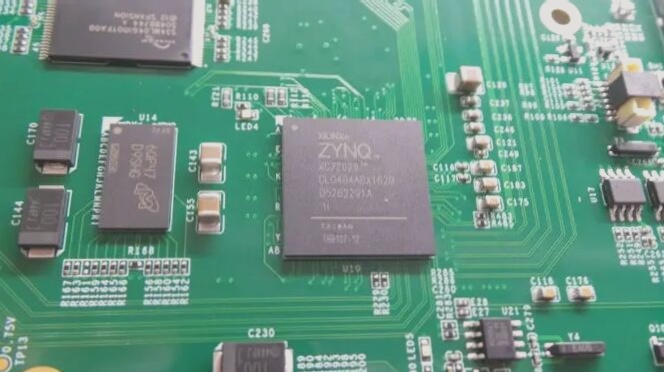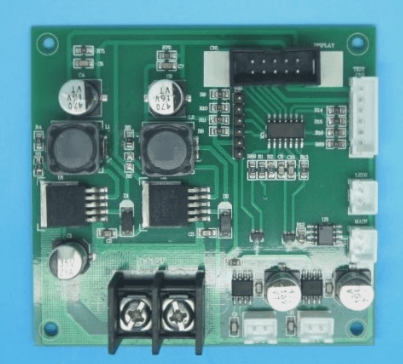Effective ESD Protection Strategies in PCB Board Design
When designing PCB boards, implementing effective ESD protection is crucial. By incorporating strategic layering, proper layout, and meticulous installation techniques, you can significantly reduce ESD risks. Here are some recommended preventive measures:
1. Utilize Multi-Layer PCBs
- Opt for multi-layer PCBs with dedicated ground and power planes, along with closely spaced signal lines.
- Place each signal layer adjacent to a power or ground layer to reduce common-mode impedance and inductive coupling.
- Consider utilizing inner layer traces for densely packed PCBs with components on both sides.
2. Employ Densely Intertwined Power and Ground Grids
- For double-sided PCBs, ensure power lines run closely parallel to ground lines.
- Maximize connections between vertical and horizontal lines or fill areas.
- Maintain a grid size equal to or less than 60mm on each side.
3. Place Broad Chassis Ground Traces Below Connectors
- Install broad chassis ground traces or polygonal fills on all PCB layers below connectors vulnerable to ESD.
- Interconnect them via vias spaced approximately 13mm apart.
4. Optimize Mounting Holes
- Position mounting holes along the card edge and connect top and bottom pads directly to the chassis ground.
- Avoid applying solder to these pads during PCB assembly.
5. Maintain Consistent Isolation Zones
- Keep a separation distance of 0.64mm between chassis ground and circuit ground across all layers.
- Use 1.27mm wide traces to connect the grounds every 100mm near mounting holes.
6. Enhance ESD Resilience
- Avoid applying solder resist to top and bottom chassis ground traces if the board is not enclosed in a metal chassis.
7. Implement a Ring Ground
- Surround the circuit with a circular ground path and ensure the width exceeds 2.5mm on all layers.
By following these strategies, you can enhance your PCB’s resilience against ESD and ensure reliable performance in various operational environments.

Best Practices for PCB Layout
- Connect the signal wire and ground wire to the capacitor first, then to the receiving circuit.
- Keep the signal line as short as possible.
- For signal wire lengths over 300mm, run a ground wire in parallel.
- Minimize the loop area between the signal line and its return path. Alternate signal and ground line positions for long signal lines.
- Drive signals from the network center into multiple receiving circuits. Minimize loop area between power supply and ground. Place high-frequency capacitors close to each power supply pin.
- Position high-frequency bypass capacitors within 80mm of each connector. Fill unused areas with ground plane when possible. Connect filled ground plane across all layers at intervals of 60mm.
- Use narrow traces to bridge openings longer than 8mm on power supply or ground planes. Keep reset lines, interrupt signals, and edge-triggered signal lines away from PCB edges.
- Connect mounting holes to the common ground or isolate them as needed.
Latest Update: It’s recommended to use impedance control techniques for high-speed PCB designs to minimize signal integrity issues and ensure reliable performance.


